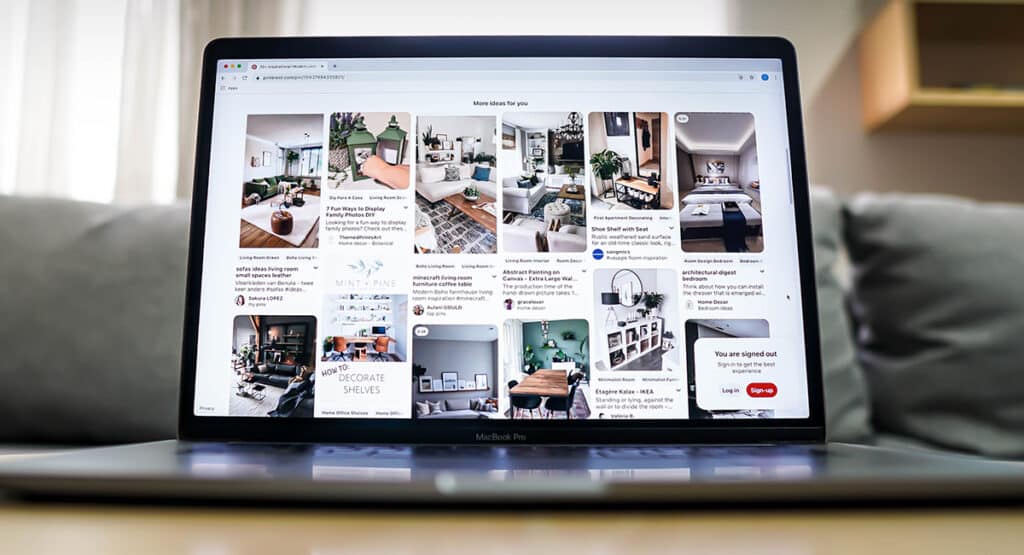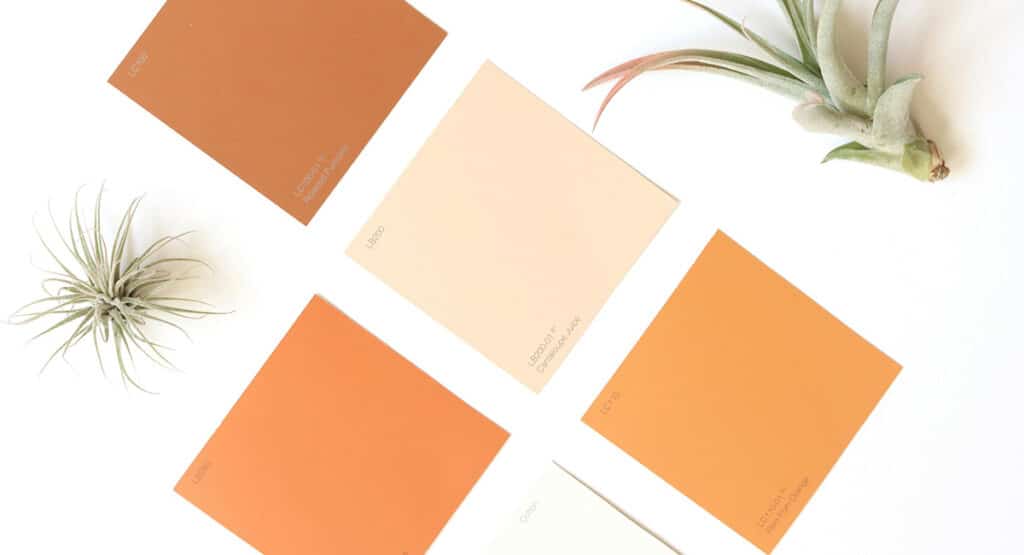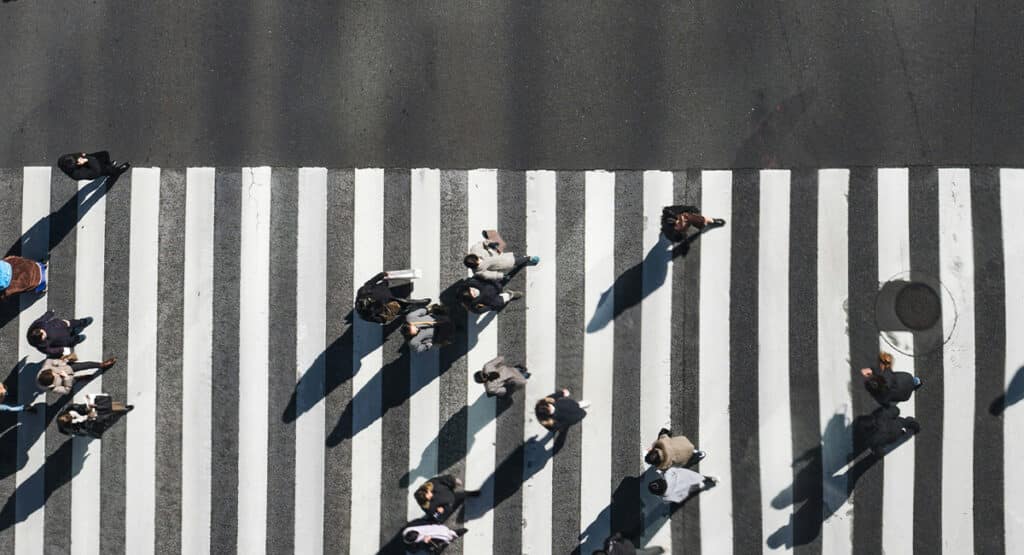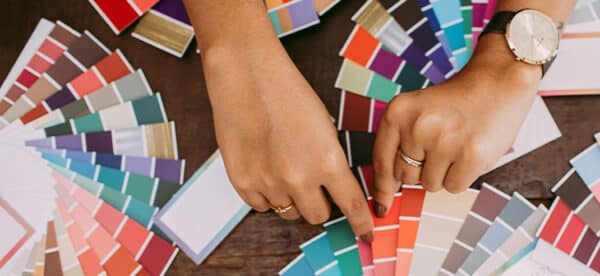Redesigning Your Website? Start With a Mood Board

If you’ve never used a mood board before, it’s a great place to start before any design project.
Taking the time to compile pieces of inspiration can help you to clearly define your vision and ensure everyone is on the same page. It’s the same reason we ask clients to provide inspiration sites before completing a website redesign — to make sure we understand their goals. Entering a project with this preparation helps the design phase go as smoothly as possible.
Here are our tips for creating your own mood board:
Choose Your Tool

Photo by Fahim Reza via Unsplash
We usually use Adobe Illustrator because it’s easy to test out various fonts and we can easily import any images/screengrabs, but you can use whatever tool you’re most comfortable with.
Some other (free!) options are Canva, Pinterest, or Google Slides. You could even opt to make a physical mood board. Ultimately, you just need a place to compile your inspiration.
Include the Essentials

Photo by Madison Inouye via Pexels
Your mood board should include the following design elements:
- Colors: You don’t need to select your exact palette, but think about whether your project calls for colors that are light vs. dark, bright vs. subdued, etc.
- Typography: Collect examples of typography that you think might fit, keeping in mind whether that should be something bold and attention grabbing or clean and easy-to-read
- Imagery: Lifestyle images are a great way to help communicate a certain mood or feeling that colors and typography alone may not be able to capture
- Iconography/illustrations: If you think icons or illustrations make sense with your brand, include examples of styles
By creating a visual collage of colors, fonts, photos, and other stylistic elements, you’ll be on your way to envisioning the design direction.
Focus on Your Audience, Not Yourself

Photo by Ryoji Iwata via Unsplash
It can be tempting to include assets that speak to you personally. You might be drawn to the latest graphic trends or your favorite pastel colors, but make sure your inspiration elements are selected because they evoke the correct feeling or tone based on your target audience.
For example, if your aim is to create a website that feels approachable and friendly, consider including elements like warm colors, smiling faces, or bright lifestyle images. (Creating user personas can be a helpful method for establishing focus.)
Think Outside the Box

Photo by Erda Estremera via Unsplash
While it’s always a good idea to start your research by looking at direct competitors, your inspiration gathering should expand to brands outside your industry and projects of different scopes. A mood board is all about establishing an overall aesthetic, and is less focused on content or functionality — so if you’re prepping for a website redesign, your board shouldn’t just be website specific.
When done correctly, creating a mood board can help to hone in on your vision and align stakeholders. It’s a great first step as you prepare for larger projects such as branding overhauls or website redesigns.
If you need help figuring out your direction, you can reach out to us.

